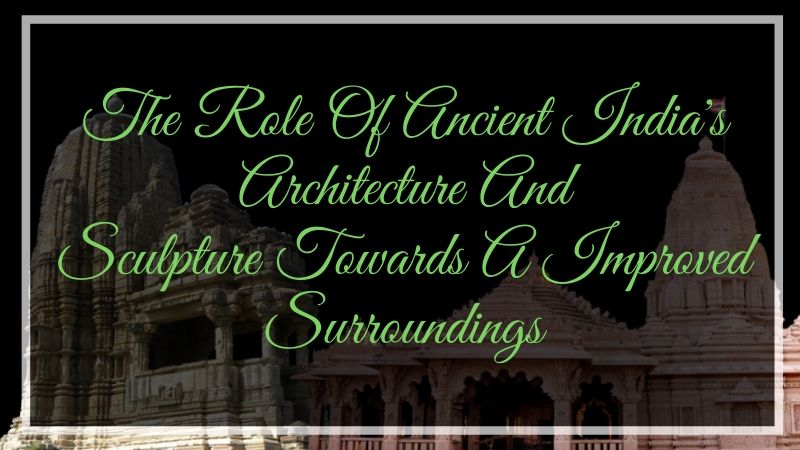Our surroundings and natures are not man made, but this beautiful world is designed by our deities. But does living being have any contribution on this earth? Yes, they do, Human being is reasonable for every good and bad effect of on our environments. In which art is a medium of artists which can be used to decorate our world and give some moral to save our earth from bad. Indian sculptures and paintings are some famous way to spread awareness to every creature of this earth.
Some famous sculptors are busy in motivating people by installing different sculptures of famous and wise people in society. Some of them are teaching the values of Vastu Shastra and Vedic designs. For example the sculptures and statue of god and goddess are designed as per Vastu Shastra and Vedic designs. Our indian sculpture artist in India is expertise in this art. She made deity sculpture as per Vastu and Vedic design which help to magnetized positive energies to our society and surroundings. Now let’s talk more about the role of ancient India’s architecture and sculpture towards an improved surroundings.
Sthapatya Veda
The ancient science of Sthapatya Veda (scripture) provides wide information about life sustaining building and design ethics. It was said that a correctly designed home will encourage harmony between parents and children, better health, besides monetary success. Good Vastu can attract all the positive energies towards you and repeal all the negative energies.
Defending Universe
The ancient Indians resolutely believed that the universe has been in ideal order since its birth. If an architectural designer can institute a good relationship between hindu temple architecture or construction and order of the universe, the life of a creature can be better, lacking of stress, creative and peaceful. Sthapatya Veda was made out of the union of 2 twigs of Veda (scripture); Ayur Veda and Jyotish Shastra
Ayur veda and Jyotish Shastra
Ayur Veda is the knowledge of health and longer life of the human beings, while Jyotish Shastra includes knowledge of man’s association of the universe, and the variable effects which thesis universe exerts on man. Thus Sthapatya Veda encompasses the desires of the human body and the surroundings in one astrological science.
Eco system
The most charming feature of Ayurvedic system of medicine was the diversified method of healing and cure, yoga , use of gems, aromatherapy, aromatherapy, precious stones and amulets, astrology, diet, herbs, color and surgical procedure. It is sufficiently obvious that each of these methods of healing had a direct connection with nature i.e the eco-system surrounding us.
Natural Surroundings
Students lived in a natural surroundings, their gurus were anxious about its conservation. They confined trees and worshipped them as tree deity, the jungle covers as Van Devta (forest deity) and the rivers as sources of delicious jeevanadaayee Jal (life-giving water). The ancient inhabitants cared for nature and animal too.
Conservation And Maintenance Of Nature
Provisions and titles such as Nag Devta (snake deity), Kamdhenu (the cow that fulfills your needs) and Kalpavriksha, also known as kalpataru (the desire fulfilling tree) signifies the advantages that accumulated to human creatures from nature and their admiration for wildlife. Thus agnostic or animism, by anything name we might call it, ultimately pointed to environmental balance and conservation and maintenance of nature.
Ahimsa directly related to ecological issues
The term Ahimsa (non violence), is entrenched in constructive aims and proceedings which are honestly related to ecological issues. Ahimsa has to be practiced not only towards human beings, but towards all living creatures, animals and plants. By not killing or destroying plants and animals one can aid to maintain the environmental balance.










